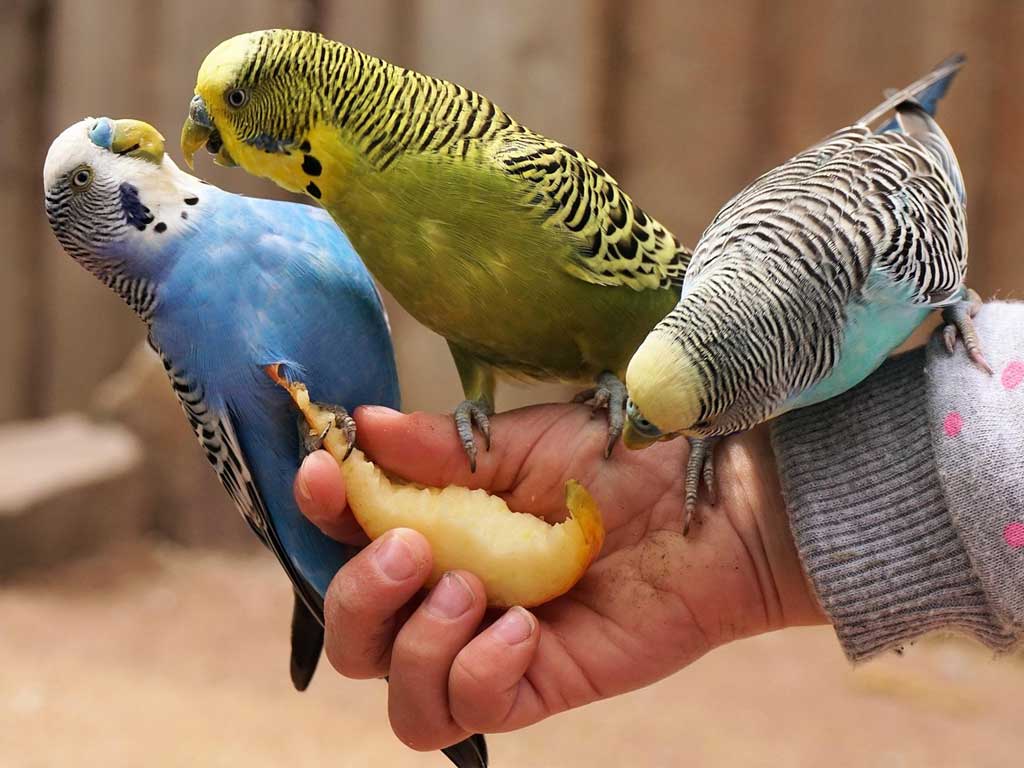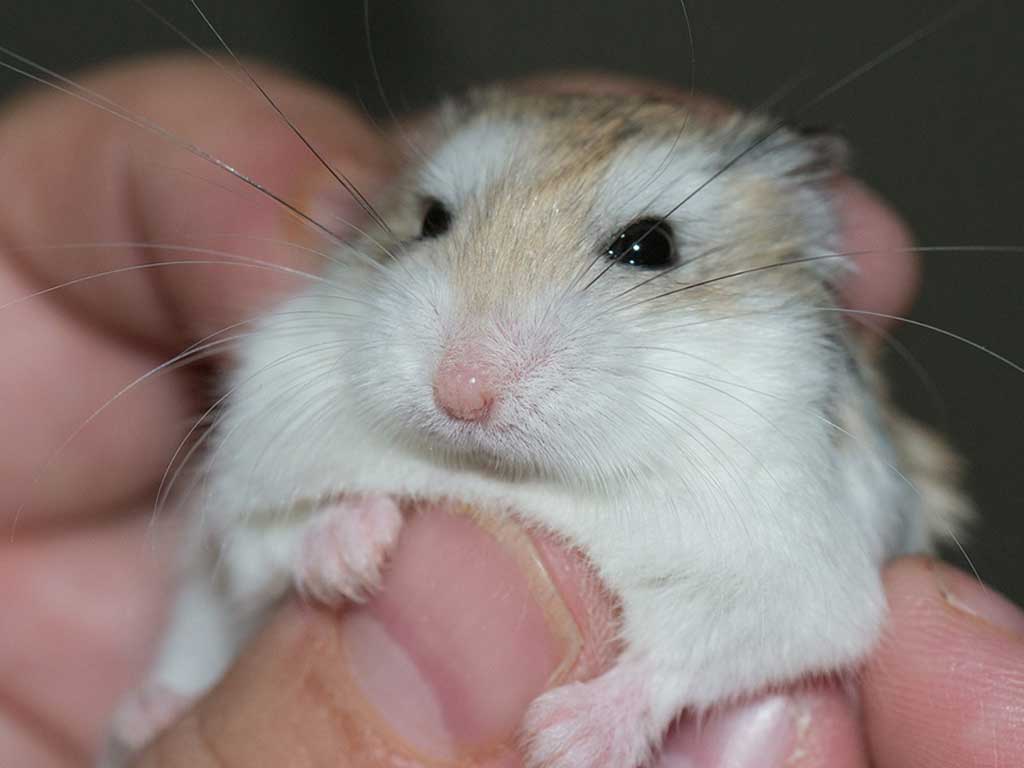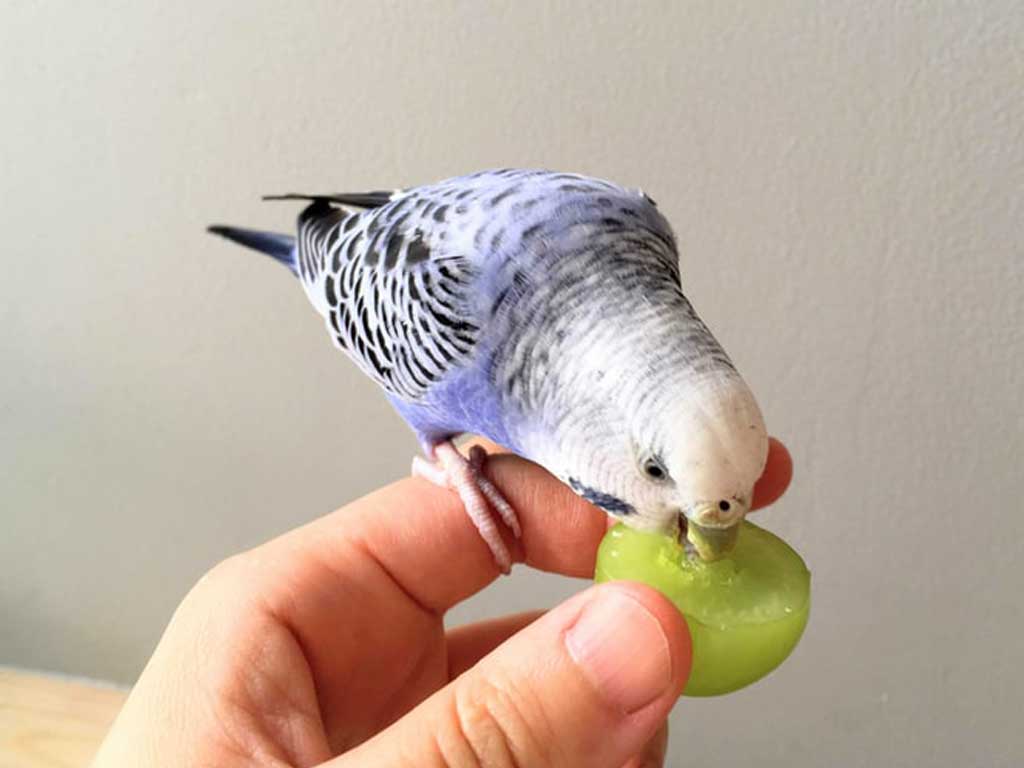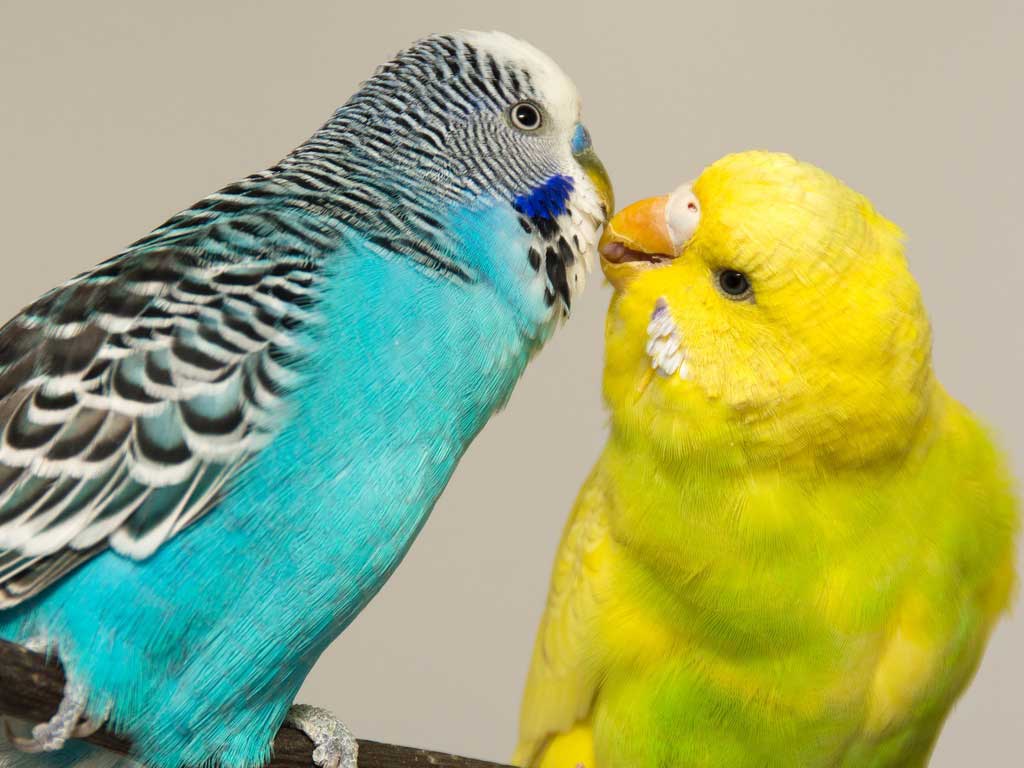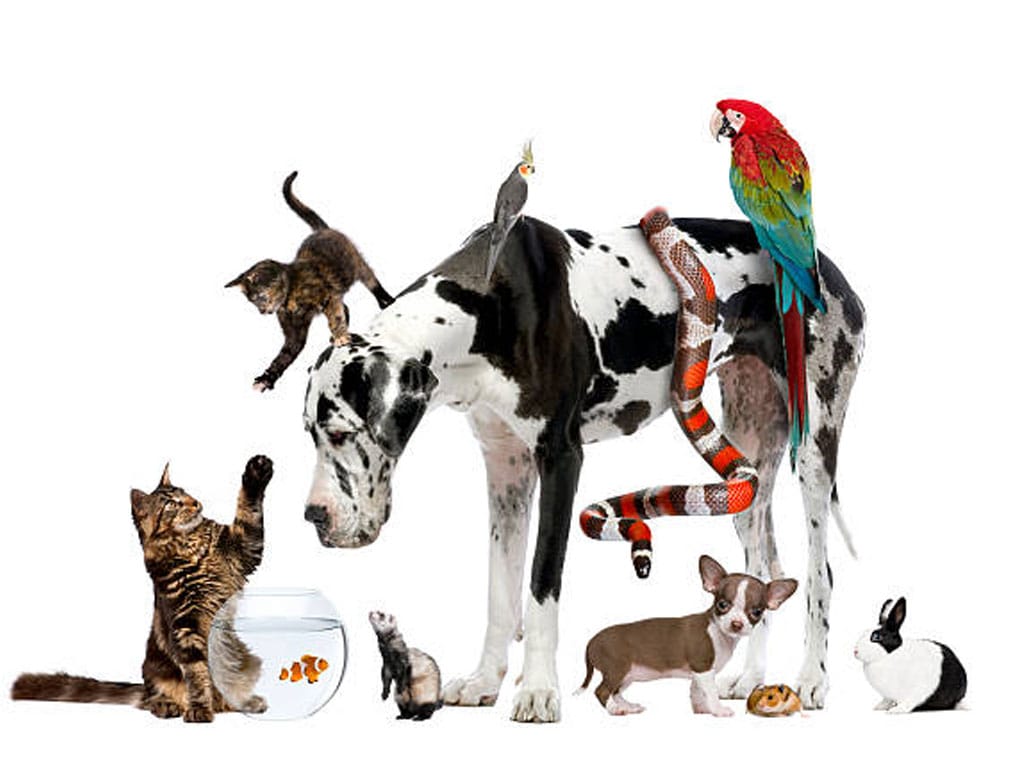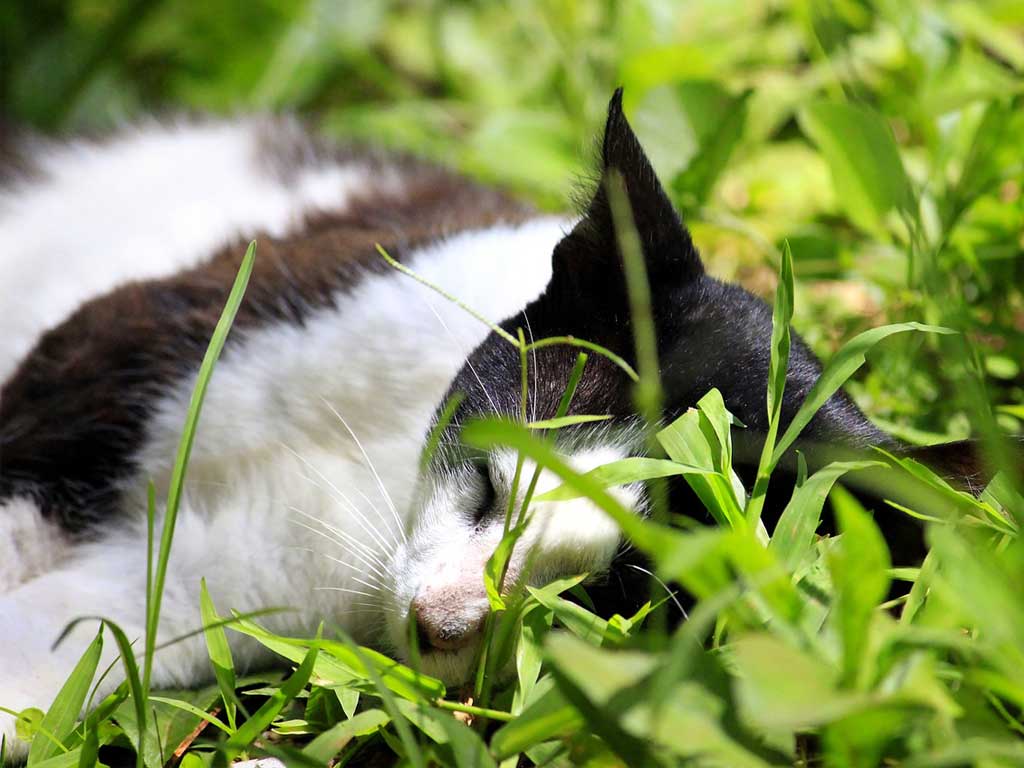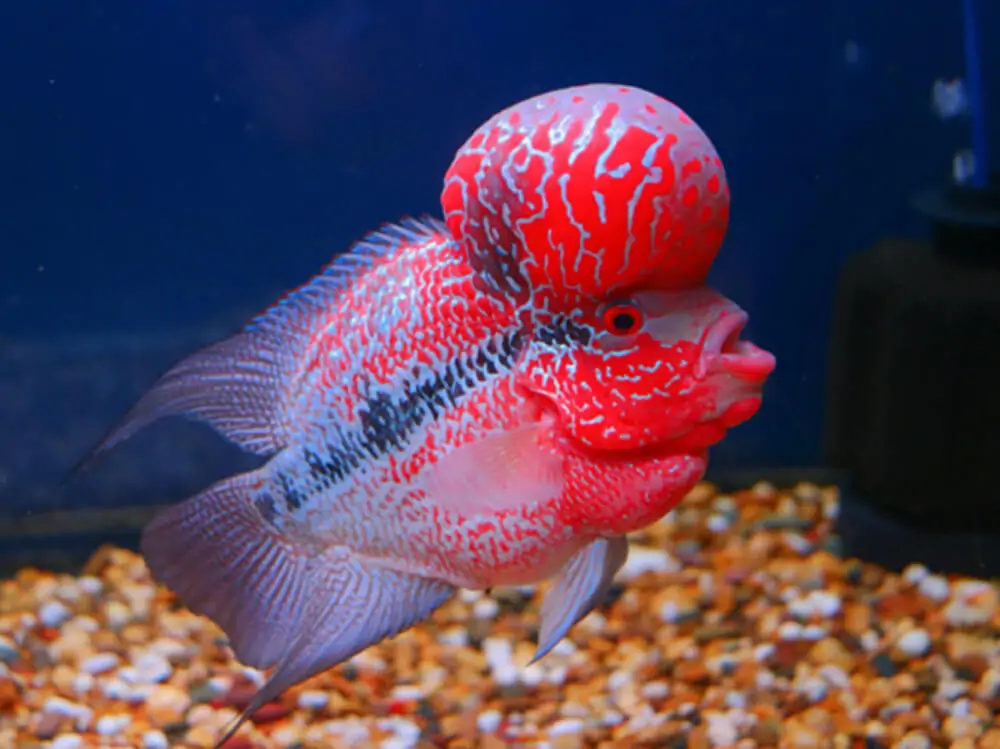Budgerigars, scientifically known as Melopsittacus undulatus, are among the most beloved and popular pets worldwide. Their cheerful personality, intelligence, and vibrant plumage make them ideal companions. Caring for these small birds requires dedication, knowledge, and attention to every detail.
In this article, we provide a comprehensive guide on how to care for budgerigars throughout the year, covering essential aspects such as nutrition, housing, hygiene, deworming, physical maintenance, and environmental enrichment.
These birds are social and active, requiring specific care depending on their life stage and environmental conditions. Not all budgerigars have the same needs; for example, the requirements of a young budgie differ significantly from those of an adult. Additionally, during certain times of the year—such as molting or breeding—their nutritional and handling needs change considerably.
1. Nutrition: The Foundation of Good Health
Proper nutrition is fundamental to the health and vitality of your budgerigar. A well-balanced diet not only provides the necessary nutrients for growth and maintenance but also prevents nutritional deficiencies and long-term illnesses.
1.1. Varied and Balanced Diet
To ensure your budgies receive all the necessary nutrients, their diet should include:
- High-quality seeds:
The base of their diet is usually a special seed mix for budgerigars. These seeds should be of high quality to prevent nutritional deficiencies and ensure a complete diet. - Fresh fruits and vegetables:
Adding small portions of fresh fruits and vegetables provides essential vitamins, minerals, and antioxidants. Recommended options include apple, carrot, spinach, and broccoli, always thoroughly washed and given in moderation. - Natural supplements:
Including calcium sources, such as natural calcium blocks or cuttlebone, is advisable. These supplements help maintain beak health and prevent issues such as beak deformities or excessive nail growth.
1.2. Dietary Adjustments for Each Life Stage
Each stage of a budgerigar’s life requires dietary adjustments:
- Juvenile Stage:
Growing budgies need a diet richer in protein and nutrients to support their physical and cognitive development. - Adult Stage:
Once they reach maturity, their diet should be adjusted to maintain energy balance and prevent obesity. A varied diet helps prevent deficiencies and strengthens the immune system. - Molting and Breeding Periods:
During these times, nutritional demands increase significantly. It is advisable to supplement their diet with extra portions of fruits, vegetables, and, if necessary, vitamin supplements, always under the guidance of a specialist.
Maintaining a well-balanced and varied diet is essential to keep budgerigars healthy, strong, and able to enjoy a long life.
2. Housing: Space, Safety, and Comfort
The environment where your budgerigars live is just as important as their diet. A suitable cage not only provides security but also ensures enough space for them to exercise and fly.
2.1. Characteristics of an Ideal Cage
- Size and Space:
The cage should have minimum dimensions of 50-60 cm, although larger cages (such as canary breeding cages or even 1-meter cages) are ideal, as they allow more freedom of movement. This helps prevent health problems related to lack of exercise and reduces excessive seed consumption, which can lead to obesity. - Safe and Durable Materials:
The cage should be made of sturdy, non-toxic materials suitable for birds. This ensures a safe and long-lasting environment.
2.2. Essential Accessories
In addition to space, equipping the cage with essential accessories is crucial for your budgies’ daily well-being:
- Feeders and Water Dispensers:
These should be easy to clean and designed to prevent food contamination. A good feeding system is vital for the bird’s health. - Perches of Different Thicknesses:
Perches help strengthen the birds’ feet and prevent deformities. Having various perch options in the cage is recommended. - Nest (for Breeding):
If you plan to breed budgerigars, providing a suitable nest is essential. This facilitates reproduction and offers a safe space for caring for chicks.
2.3. Cage Placement and Environmental Conditions
The location of the cage directly affects the well-being of the budgerigars:
- Light and Ventilation:
Placing the cage in a spot with plenty of natural light and good ventilation is essential for maintaining a comfortable temperature and a healthy environment. - Avoid Drafts and Contaminants:
The cage should be kept away from smoke, gases, or vapors that could harm the birds’ respiratory health. - Protection from Predators:
If the cage is placed outdoors or on a balcony, ensure it is safe from animals such as cats, dogs, or birds of prey. Safety should always be a priority.
A well-thought-out housing setup not only protects your budgies but also provides them with an ideal environment to engage in their natural behaviors.
3. Hygiene and Cleanliness: Prevention and Well-being
Maintaining a clean environment for budgerigars is essential to prevent diseases and keep them in optimal condition.
3.1. Regular Cleaning of the Cage and Accessories
- Cleaning Frequency:
It is advisable to clean and disinfect the cage and its accessories at least once or twice a week. This eliminates bacteria, food debris, and other waste that can become sources of infection. - Tray and Absorbent Material:
Placing absorbent material on the cage tray helps with cleaning waste such as droppings, seed husks, and food remnants, keeping the environment hygienic.
3.2. Baths and Feather Care
- Regular Baths:
Budgerigars enjoy bathing, which is not only a source of fun but also helps keep their feathers clean and in good condition. Depending on the time of year, the frequency of baths can be adjusted to suit the bird’s needs. - Accessory Disinfection:
In addition to the cage, disinfecting toys, perches, and other accessories is important to prevent germ accumulation.
A consistent cleaning routine is essential to prevent illnesses and ensure a healthy environment for your budgerigars.
4. Deworming: Protection Against Parasites
Like other pets, budgerigars are susceptible to internal and external parasite infestations. Regular deworming is an essential preventive measure to maintain their health.
4.1. Deworming Plan
- Recommended Frequency:
It is advisable to deworm budgerigars 2 to 3 times a year. The best times are usually when acquiring a new bird, before the breeding season, and at the beginning of molting. - Types of Parasites to Prevent:
Deworming helps combat parasites such as mites and red mites, which can weaken a budgie’s immune system and make them more prone to diseases.
4.2. Practical Tips
- Consult a Veterinarian:
Always follow the advice of an avian specialist, as they can recommend the most appropriate treatment based on your bird’s history and specific conditions. - Use Proper Products:
Choose veterinarian-recommended products and carefully follow usage instructions to ensure effective deworming without causing stress or side effects to your budgie.
Deworming, along with other hygiene measures, is fundamental for preventing health issues and ensuring your budgerigar stays in top condition.
5. Beak, Nail, and Foot Maintenance: Comprehensive Physical Care
A budgie’s physical condition reflects its overall well-being. A healthy beak, nails, and feet are essential for eating, perching, and overall mobility.
5.1. Beak and Nail Trimming
- Natural Shape and Functionality:
Both the beak and nails should maintain a natural shape that allows the bird to eat properly and grip perches securely. - Using Specialized Clippers:
If the beak or nails become too long, carefully trim them using tools specifically designed for birds. It is crucial to respect their natural curvature and avoid cutting blood vessels, which could cause bleeding or infections.
5.2. Foot Care
- Hydration and Cleaning:
A budgie’s feet can accumulate dead skin or scales, which may lead to parasite infestations. Applying a vet-approved moisturizer or mite treatment helps keep their feet healthy. - Regular Checkups:
Periodically inspecting your bird’s feet ensures early detection of any abnormalities, allowing for timely corrective measures before issues worsen.
Proper maintenance of these aspects ensures that your budgie can eat comfortably, perch securely, and move freely.
6. Veterinary Visits: A Key Ally in Your Bird’s Health
Although daily at-home care is essential, regular visits to an avian veterinarian play a crucial role in detecting and preventing underlying health issues.
6.1. Importance of Regular Checkups
- Early Disease Detection:
Budgerigars often hide symptoms until a disease has advanced significantly. Routine checkups help identify potential health problems early and allow for prompt treatment. - Professional Guidance:
A veterinarian will not only conduct a general health check but also provide advice on diet, deworming, and other specific care tailored to your bird’s needs.
6.2. Visit Frequency
- General Recommendation:
Taking your budgie to the vet at least twice a year for a general checkup is ideal. If you notice any symptoms or behavioral changes, seek veterinary attention immediately.
Having a professional’s guidance ensures that any health issues are identified and treated before they become serious.
7. Environmental Enrichment: Stimulation and Emotional Well-being
Budgerigars are intelligent and curious birds that require constant stimulation to prevent boredom and stress. Providing a varied and stimulating environment is essential for their emotional well-being.
7.1. Toys and Entertainment Accessories
- Variety of Toys:
Include different types of toys in the cage, such as mirrors, bells, ropes, and interactive toys that encourage play and exploration. Variety helps keep their minds active and supports their natural curiosity. - Rotating Accessories:
Changing toys periodically prevents your budgie from getting too accustomed to one stimulus, keeping their interest alive and promoting both physical and mental activity.
7.2. Interaction and Free-flight Time
- Flying and Socialization Time:
Whenever possible, allow your budgie to leave its cage in a safe and controlled environment. This encourages flying, exploration, and interaction with family members. - A Calm Environment:
The cage and flight area should be placed in a location free from excessive noise and stress to help your bird feel safe and comfortable.
Providing an enriched environment not only improves your budgie’s quality of life but also strengthens the bond between you and your pet.
Every budgie is unique, and by observing their behavior and specific needs, you can tailor their care to ensure their happiness and health. The dedication and love you put into their care will be reflected in their vitality and well-being, making them a loyal and healthy companion.

